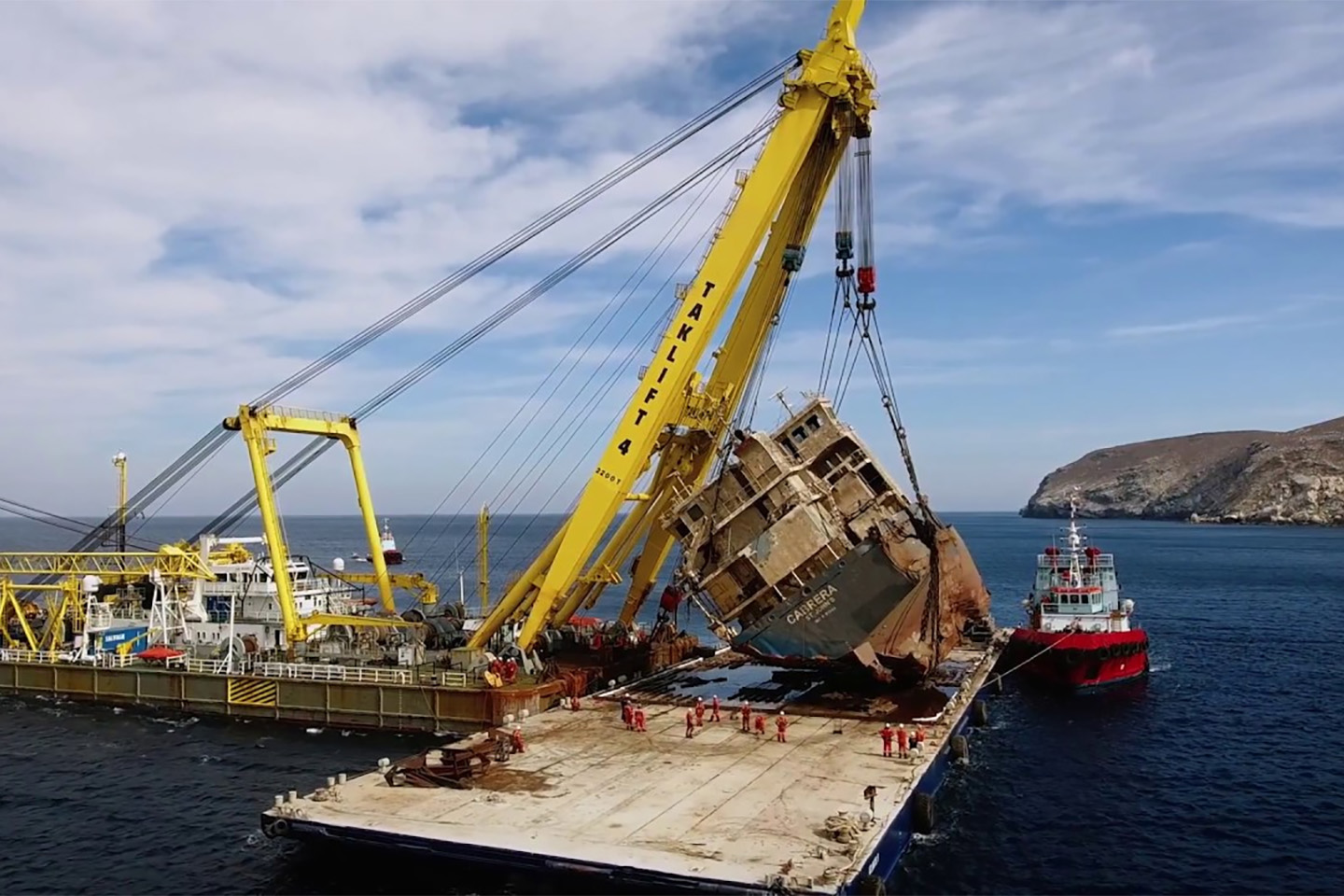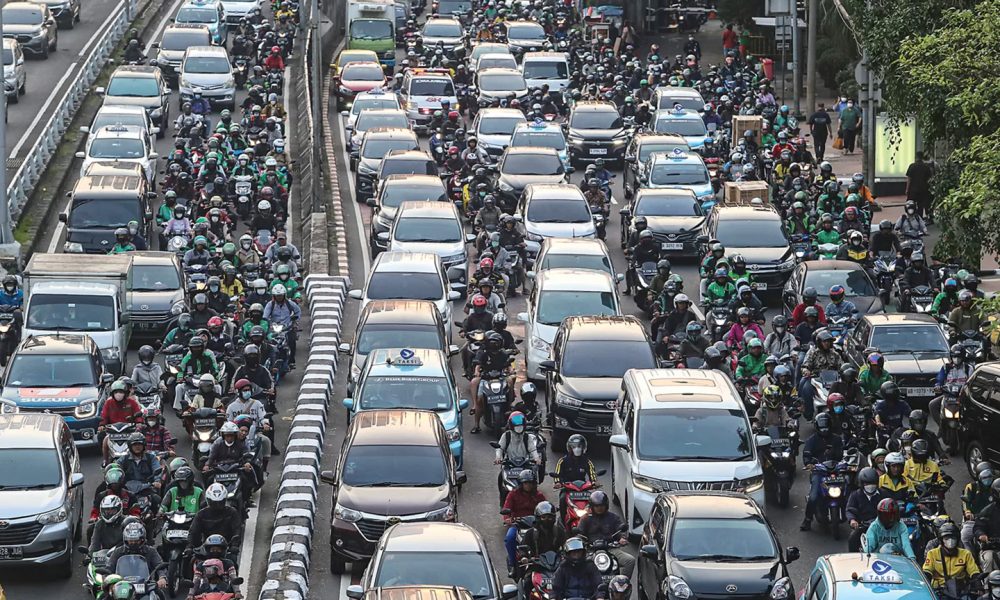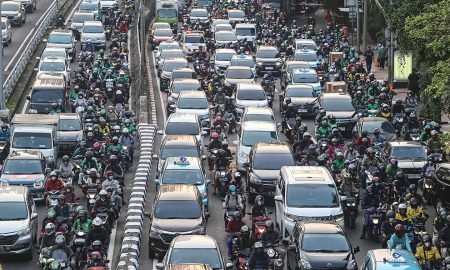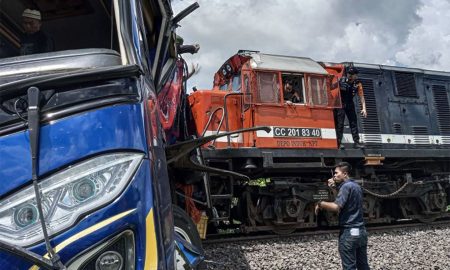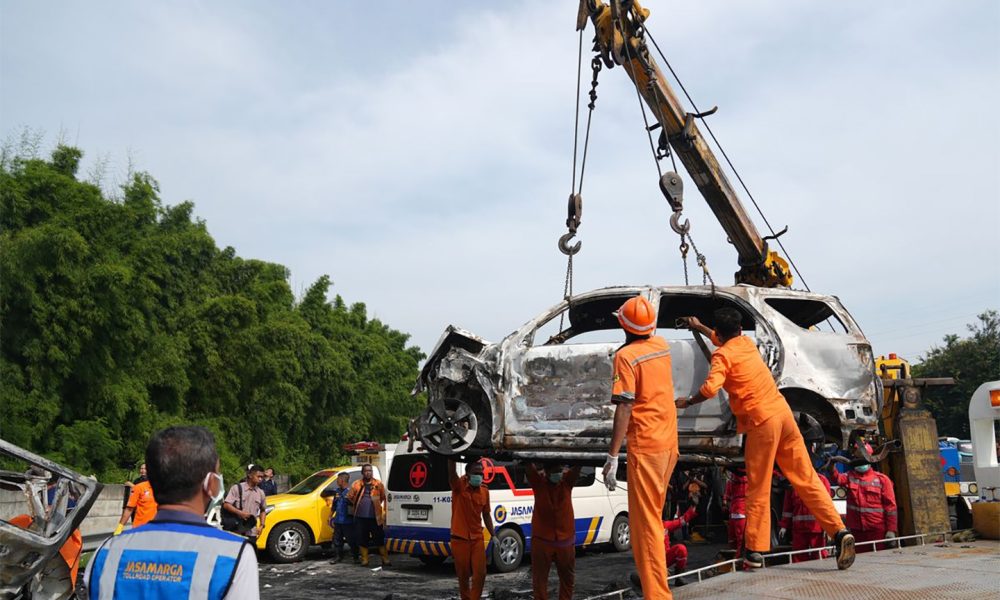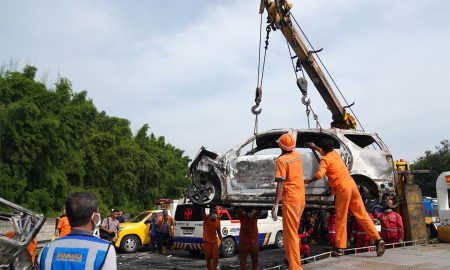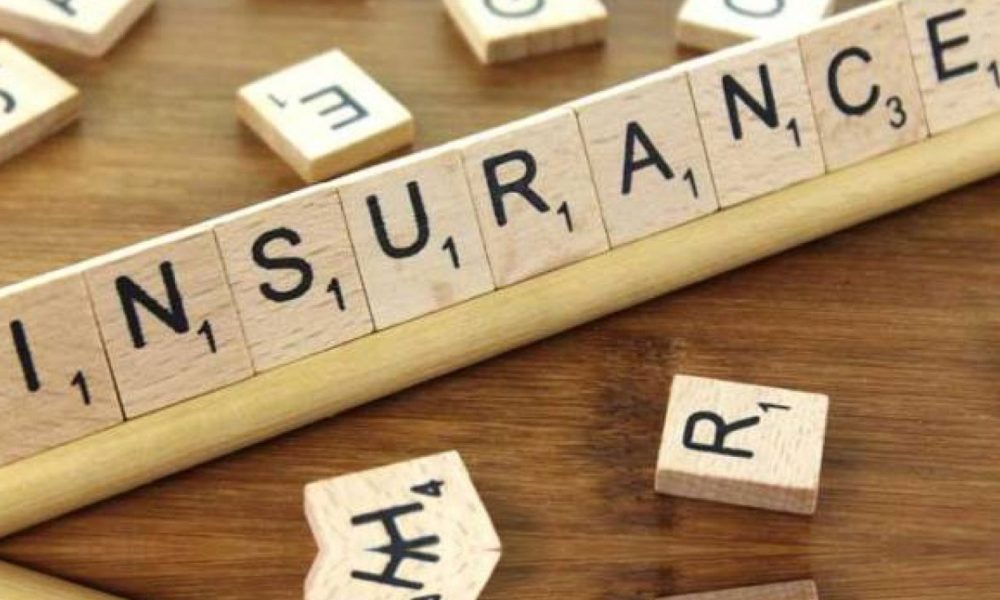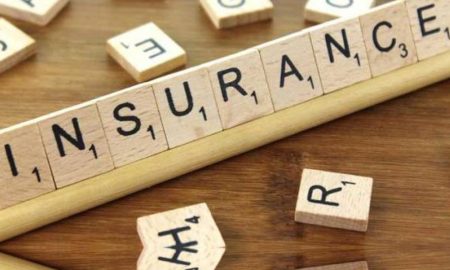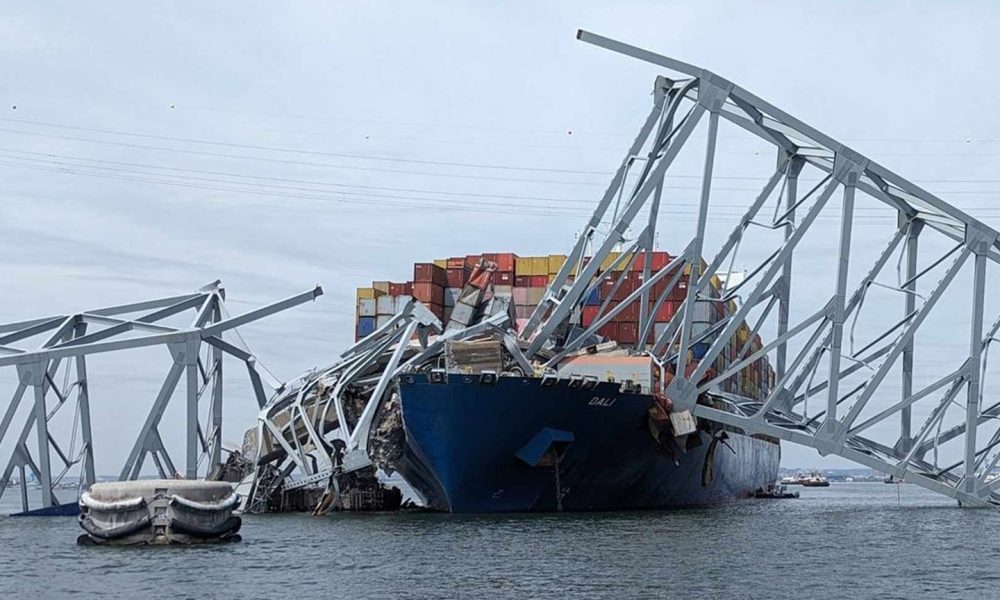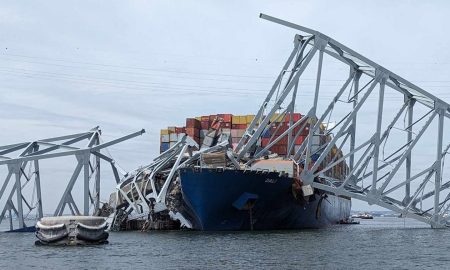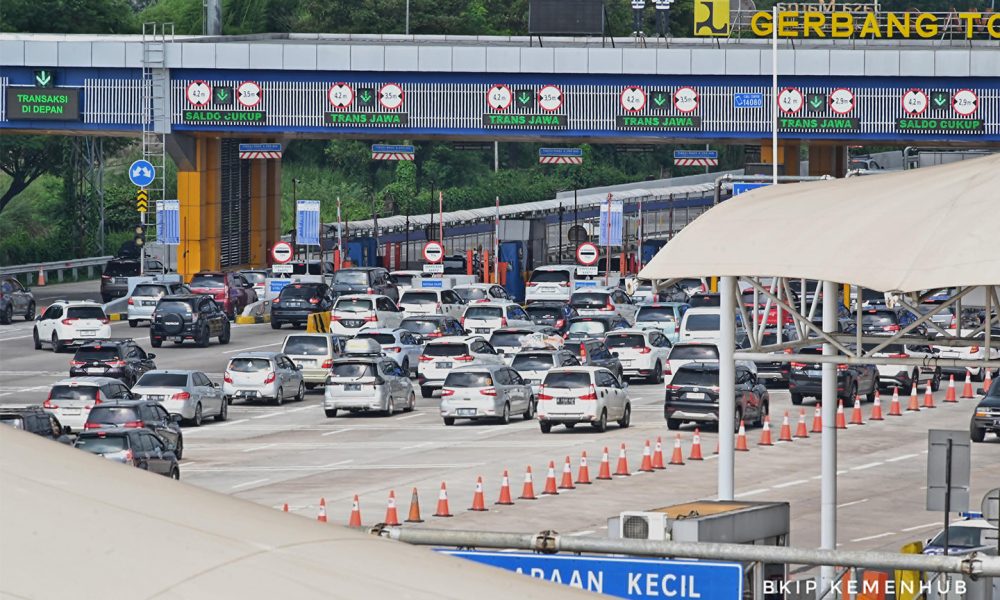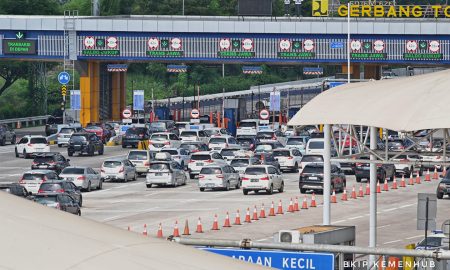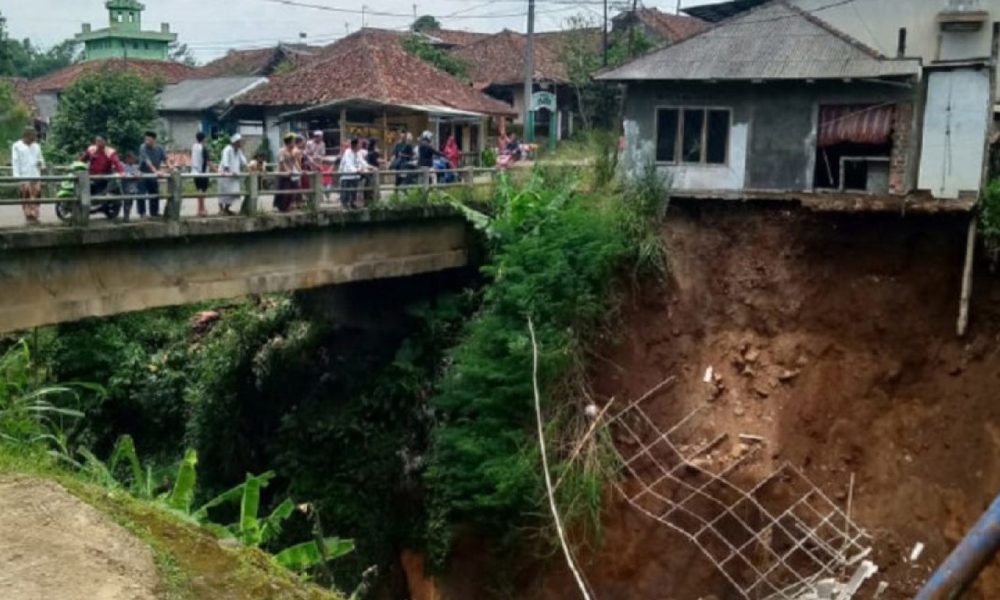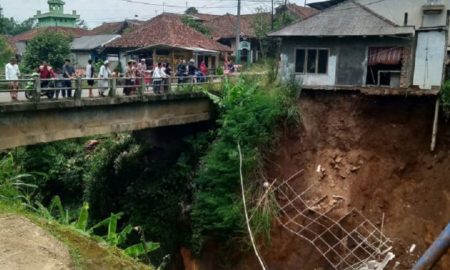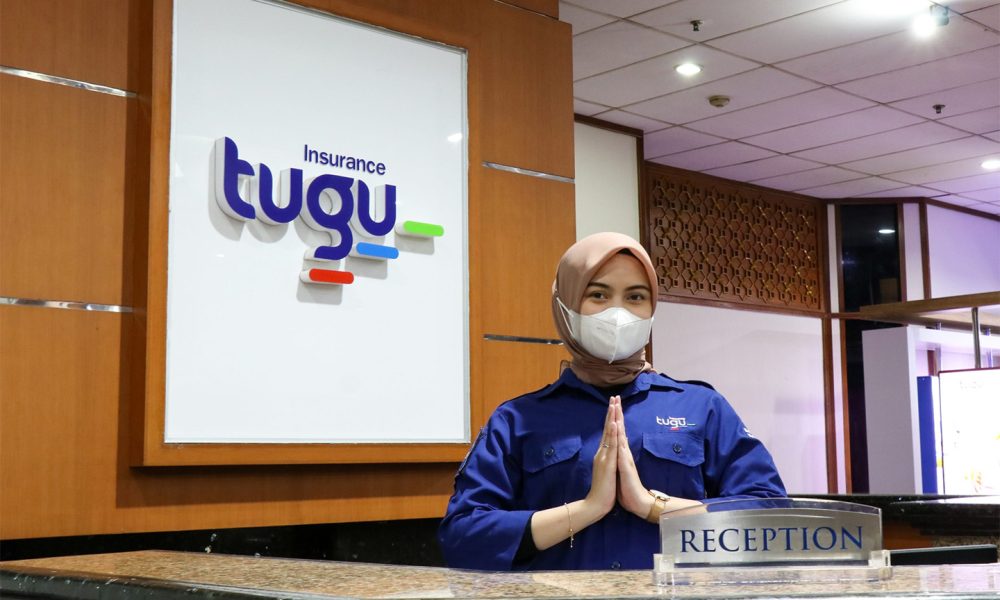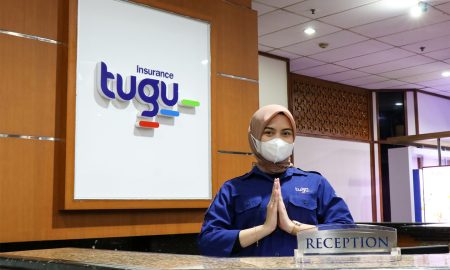Liga Asuransi – Hello risk takers, how are you? I hope your business is doing well.
Let’s continue our discussion regarding risk management and insurance, and this time will explore the Wreck Removal of marine risks.
If you are interested in this article, please share it with your friends so they can understand as you do.
UNDERSTANDING WRECK REMOVAL
Wreck removal refers to safely and efficiently removing a sunken, stranded, or wrecked vessel from a water body, such as a river, lake, or ocean. It is a complex and often challenging operation involving the wreck’s extraction and disposal to ensure maritime safety, prevent environmental pollution, and mitigate potential legal and financial liabilities.
The concept of wreck removal encompasses various activities, including assessing the wreck’s condition, developing a removal plan, securing necessary equipment and expertise, and executing the removal operation. The process aims to minimize disruptions to maritime traffic, safeguard marine ecosystems, and address potential threats to human safety and the marine environment.
Wreck removal can involve a range of vessels, from small boats to large ships. It may be driven by maritime accidents, adverse weather conditions, or the need to clear waterways for commercial purposes. Depending on the circumstances, wreck removal efforts may require collaboration between government agencies, salvage companies, insurers, and other stakeholders to ensure efficient and responsible wreck removal.
WHY DOES THE SUNK SHIP NEED TO BE REMOVED?
There are several important reasons why a sunken ship or wreck needs to be removed:
Navigational Safety
A sunken ship can pose a significant hazard to navigation, especially in busy waterways or shipping lanes. Removing the wreck ensures that vessels can navigate safely without the risk of colliding with or getting entangled in the wreck, which could lead to further accidents.
Prevention of Pollution
Sunken ships can release pollutants such as oil, chemicals, and hazardous materials into the water, leading to environmental contamination. Removal prevents or minimizes the potential for oil spills and other forms of pollution that could harm marine life, ecosystems, and coastal areas.
Environmental Protection
Wreck removal is essential for protecting marine ecosystems and biodiversity. The presence of a wreck can disrupt natural habitats, damage coral reefs, and affect marine life, so removal helps restore the balance and health of the ecosystem.
Human Safety
Sunken ships can harm human safety, especially if partially submerged or create underwater obstacles. Swimmers, divers, and other watercraft can be at risk of injury or entanglement around the wreck. Removal ensures the safety of people using the water.
Legal and Regulatory Compliance
Many maritime regulations and international conventions mandate removing wrecks to prevent navigation obstruction, maintain maritime safety, and protect the marine environment. Non-compliance with these regulations could lead to legal consequences for shipowners and operators.
Commercial Interests
In some cases, the presence of a wreck may obstruct important shipping routes or areas designated for commercial activities, such as ports or offshore installations. Removing the wreck can help facilitate smooth maritime trade and economic activities.
Aesthetic and Cultural Reasons
Sunken ships may hold historical or cultural significance, and their removal can help preserve and protect maritime heritage. Salvaging historically significant wrecks might involve careful preservation and documentation.
Liability Mitigation
Shipowners can be held financially liable for the costs and damages caused by their sunken vessels. Timely removal of the wreck can help mitigate potential legal and financial liabilities.
INDONESIAN GOVERNMENT ON WRECK REMOVAL
In Indonesia, maritime and environmental laws and international conventions govern wreck removal regulations. Some key points related to wreck removal in Indonesia might include:
- International Conventions
As a maritime nation, Indonesia will likely be a party to international marine pollution and wreck removal conventions. Conventions such as the International Convention on Salvage (SALVAGE) and the Nairobi International Convention on the Removal of Wrecks might influence the country’s wreck removal regulations.
- Indonesian Shipping Laws
Indonesian shipping laws include wreck removal, liability, and compensation provisions. These laws could outline the responsibilities of shipowners and operators in the event of a wreck and the actions required for removal.
In Regulation of the Minister of Transportation Number PM.71 of 2013 concerning Salvage and/or Underwater Works, which has been amended by Regulation of the Minister of Transportation Number 38 of 2018 concerning the Second Amendment to Regulation of the Minister of Transportation Number 71 of 2013 concerning Salvage and/or Underwater Works, there is a provision that is reiterated in Article 13 Paragraph (1).
This article mandates that ship owners are obligated to remove the wreckage of their ship or its cargo to another location referred to as a dumping area. This location is designated by the Head of the Technical Implementation Unit Office at the nearest port.
- Environmental Regulations
Environmental laws in Indonesia likely address preventing marine pollution and protecting the marine environment. These regulations may have implications for wreck removal to ensure the process is environmentally responsible.
- Port Regulations
Ports and harbors are crucial for maritime activities, and regulations related to managing ports and waterways might include provisions for wreck removal to ensure navigational safety.
PROTECTION AND INDEMNITY (P&I) INSURANCE
Protection and Indemnity (P&I) Insurance is a specialized maritime insurance covering many liabilities and risks that shipowners, operators, and charterer face. It protects maritime interests against financial losses resulting from maritime-related incidents, including wreck removal. P&I insurance goes beyond the scope of traditional hull and machinery insurance, which primarily covers physical damage to the ship itself.
Role of P&I Insurance in Wreck Removal Coverage:
Liability Coverage
P&I insurance offers liability coverage for the costs and liabilities associated with wreck removal. If a ship is involved in a wreck or marine casualty, the owner/operator might be legally obligated to remove the wreck to ensure navigational safety and environmental protection. The costs incurred for wreck removal include expenses for salvage operations, cleanup, and environmental mitigation. P&I insurance can help cover these costs, protecting the insured party from potentially significant financial burdens.
Environmental Protection
Wreck removal often involves mitigating environmental risks, such as preventing oil spills, containing pollutants, and restoring the affected area. P&I insurance recognizes the importance of environmental protection and may include coverage for expenses related to minimizing environmental damage caused by the wreck.
Third-Party Claims
Wreck removal can lead to third-party claims, significantly if the wreck obstructs navigation or damages other vessels or property. P&I insurance can provide indemnity against claims made by third parties who may have suffered losses due to the wreck or the removal operation.
Legal and Regulatory Compliance
P&I insurance helps shipowners and operators comply with international conventions, local regulations, and legal obligations related to wreck removal. It ensures that the insured party can fulfill its responsibilities without financial strain.
Risk Management
P&I insurers often have a wealth of experience and expertise in maritime matters. They can provide risk management advice, assistance with salvage operations, and guidance on compliance with wreck removal regulations, thereby helping to reduce potential liabilities.
WHAT ARE THE COSTS OF WRECK REMOVAL COVERED BY INSURERS?
Protection and Indemnity (P&I) insurance typically covers a range of wreck removal costs that can arise from maritime incidents involving shipwrecks, collisions, groundings, or other accidents. The specific coverage can vary based on the terms of the insurance policy, but here are some common types of wreck removal costs that may be covered by P&I insurance:
- Salvage Operations
P&I insurance often covers the expenses associated with salvage operations, which involve efforts to recover, refloat, or remove the wrecked vessel from its grounded or sunken position. This can include costs for salvage equipment, personnel, and expertise.
- Cleanup and Pollution Mitigation
Suppose the wrecked vessel poses a pollution risk due to potential oil spills or hazardous material releases. In that case, P&I insurance may cover the costs of containing, cleaning up, and mitigating the environmental impact. This could involve deploying booms, cleaning agents, and other pollution control measures.
- Wreck Removal Planning
Costs related to developing a wreck removal plan, including engineering assessments, risk analysis, and coordination with salvage experts, might be covered. This planning phase is crucial for ensuring a safe and effective removal process.
- Towing and Transportation
If the wrecked vessel needs to be towed to a designated wreck removal area or port, P&I insurance may cover the expenses associated with towing services and transportation.
- Environmental Restoration
This includes expenses for restoring the affected area to its original state or minimizing the environmental impact caused by the wreck and the removal operation. It could involve measures such as habitat restoration or shoreline protection.
- Legal and Consultation Fees
P&I insurance might cover legal fees and consultation costs incurred during the wreck removal. This could include legal advice, negotiations with authorities, and ensuring compliance with relevant regulations.
- Third-Party Claims
If the wreck removal operation causes damage to third-party property, P&I insurance may cover liability claims and related expenses arising from such incidents.
- Cooperation and Coordination Costs
Coordination between salvage experts, government authorities, and other stakeholders is essential in complex wreck removal operations. P&I insurance might cover costs related to coordinating these efforts.
- Investigation Expenses
If an investigation is required to determine the cause of the wreck or assess liabilities, P&I insurance may cover the associated expenses.
EXAMPLES OF WRECK REMOVAL INCIDENTS
Below is a real-world example of significant wreck removal incidents that highlight the complexities, challenges, and importance of efficient and safe wreck removal operations:
Costa Concordia
Incident
In January 2012, the cruise ship Costa Concordia ran aground and partially sank off the coast of Giglio Island, Italy, resulting in 32 fatalities and extensive environmental damage.
Wreck Removal
The wreck was the largest passenger shipwreck ever salvaged. A complex and meticulous operation, known as the “Parbuckling Project,” involved rotating the wreck to an upright position using massive cables and hydraulic systems. This process took several months of planning and execution.
Challenges
The Costa Concordia’s size, position on a rocky coastline, and environmental concerns made the removal a major challenge. The risk of pollutants leaking from the ship was a significant factor in the decision-making process.
Lessons Learned
The Costa Concordia salvage operation showcased the importance of thorough planning, international collaboration, and innovative techniques to remove large wrecks and mitigate environmental risks safely.
HOW TO MANAGE WRECK REMOVAL RISKS – SHIPOWNERS
Proactively managing wreck removal risks is crucial for shipowners and operators to ensure the safety of their vessels, crew, the environment, and financial well-being. Here are some key steps and guidance on how to manage these risks effectively:
- Risk Assessment and Planning
Conduct thorough risk assessments for vessels’ operating routes, considering navigational challenges, potential hazards, and the likelihood of accidents.
Develop contingency plans that outline steps to be taken in the event of a wreck, including communication protocols, salvage arrangements, and environmental response strategies.
- Compliance with Regulation
Stay informed about international conventions, local regulations, and legal requirements related to wreck removal. Ensure that your vessels are compliant with these standards to minimize potential liabilities.
- Adequate Insurance Coverage
Maintain appropriate Protection and Indemnity (P&I) insurance coverage that explicitly addresses wreck removal. Review your policy terms, coverage limits, and exclusions to ensure you’re adequately protected.
- Crew Training and Emergency Drills
Train crew members in emergency response procedures, including actions to take during a wreck or casualty. Conduct regular drills to ensure the crew is prepared to handle various scenarios.
- Communication and Reporting
Establish clear communication channels between shipboard personnel, management, insurers, and relevant authorities. Promptly report any incidents that could potentially lead to a wreck.
- Use of Technology
Embrace technological advancements, such as real-time monitoring systems, navigation aids, and underwater imaging technology, to enhance vessel safety and reduce the likelihood of wrecks.
- Regular Maintenance and Inspections
Implement a robust maintenance schedule to ensure that vessels operate optimally. Regular inspections can identify potential issues that might lead to accidents.
- Qualified Crew and Training
Employ skilled and qualified crew members experienced in safe navigation and collision avoidance. Regular training on safe maritime practices is essential.
- Collaboration with Salvage Experts
Establish relationships with reputable salvage companies and experts who can guide you in the event of a wreck. They can assist with planning and executing safe removal operations.
- Emergency Response Resources
In case of a wreck, maintain a list of contacts for emergency response services, including salvage companies, environmental experts, and legal advisors.
WHY SHIPOWNERS NEED INSURANCE BROKER?
An insurance broker can be valuable in arranging wreck removal insurance for shipowners and operators. Here’s why you might consider involving an insurance broker in this process:
Expertise and Industry Knowledge
Insurance brokers specialize in insurance products and have in-depth knowledge of various coverage options, including wreck removal insurance. They understand the complexities of maritime insurance and can provide insights into what type of coverage suits your specific needs.
Customized Solutions
Insurance brokers work closely with clients to understand their unique requirements and risks. They can tailor insurance solutions to match your vessel’s characteristics, operating areas, and potential exposure to wreck removal situations.
Access to Multiple Insurers
Brokers typically have relationships with multiple insurance companies. This means they can access a wide range of insurance options, helping you find the policy that provides the best coverage at competitive rates.
Policy Comparison and Analysis
Insurance brokers can analyze wreck removal insurance policies, comparing coverage limits, deductibles, exclusions, and other terms. This analysis helps you make informed decisions based on your specific needs.
Negotiation and Advocacy
Brokers negotiate on your behalf with insurance underwriters to secure favorable terms and pricing. They use their industry knowledge to advocate for your interests and ensure you receive comprehensive coverage.
Efficient and Timesaving
Navigating the complexities of insurance can be time-consuming. An insurance broker streamlines the process, handling paperwork, negotiations, and other administrative tasks on your behalf.
Claims Assistance
In the event of a wreck removal incident, insurance brokers can guide you through the claims process, ensuring that you meet the requirements for timely and appropriate compensation.
Risk Management Advice
Insurance brokers often offer risk management advice to help you mitigate potential wreck-related risks. They can provide recommendations to enhance vessel safety and reduce the likelihood of incidents.
Long-Term Relationship
Establishing a relationship with an insurance broker creates a partnership beyond a single insurance transaction. They can help you adjust your coverage as your needs evolve and provide ongoing support.
In summary, an insurance broker brings expertise, industry connections, and tailored solutions to arranging wreck removal insurance. They can simplify the insurance process, provide guidance, and ensure that you have the right coverage to protect your interests in the event of a wreck-related incident.
One of the insurance brokers in Indonesia focusing on P&I Insurance and Wreck Removal is L&G Insurance Broker.
For all your insurance needs, please call L&G Now.
CONCLUSION
In conclusion, wreck removal is a critical aspect of maritime operations that requires careful consideration, planning, and collaboration among various stakeholders. The potential hazards posed by sunken or stranded vessels, both to navigation and the environment, underline the importance of responsible and efficient wreck removal practices. This article has explored the concept of wreck removal, the reasons for its necessity, and the role of Protection and Indemnity (P&I) insurance in covering associated costs.
From understanding the legal obligations surrounding wreck removal to grasping the diverse range of expenses that P&I insurance can cover, shipowners and operators are better equipped to navigate the complexities of this vital aspect of maritime risk management. The outlined real-world case studies have demonstrated the challenges and successes of wreck removal efforts, emphasizing the need for innovative technologies, expertise, and proactive risk management.
In the ever-evolving maritime landscape, prioritizing safe and environmentally responsible wreck removal practices remains paramount. By adhering to regulations, leveraging technological advancements, and engaging experts, shipowners and operators can ensure navigational safety, protect marine ecosystems, and safeguard their interests in the face of potential wreck-related challenges. Proactively and strategically managing wreck removal risks contributes to a more secure and sustainable maritime industry for all stakeholders.
L&G Insurance Broker presents this article.
—
LOOKING FOR INSURANCE PRODUCTS? DON’T WASTE YOUR TIME AND CONTACT US RIGHT NOW
L&G HOTLINE 24 HOURS: 0811-8507-773 (CALL – WHATSAPP – SMS)
website: lngrisk.co.id
E-mail: customer.support@lngrisk.co.id
—



